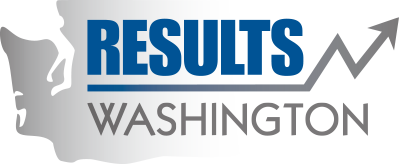Archived: Number of projects that provide storm water treatment or infiltration
For additional charts and information, click on the following link/s to view the Supplemental Report/s.
Stormwater runoff is the leading pollution threat to lakes, rivers, and marine water bodies in urban areas of Washington. Pollutants in stormwater discharges impact drinking water, degrade salmon habitat, threaten the shellfish industry, and pollute urban water bodies. To address polluted stormwater, Ecology funds low impact development (LID) and other treatment projects. LID is a suite of construction technologies that use vegetation, healthy soils, porous pavement, and other tools to keep stormwater from running off and carrying pollution downstream.
Of the 311 projects funded since FY2011, 165 state-funded stormwater infiltration and treatment projects have been completed. Ecology has met and exceeded our goal of completing 125 before 2017. During the 2017-19 biennium, Ecology will continue to solicit proposals from cities and counties across the state to fund additional projects that have been identified as high priority by the community.
- Developing an ongoing statewide financial assistance program to fund priority stormwater projects in Eastern and Western Washington
- Training elected officials, local government staff, landscapers and nurseries, realtors, compost retailers, and building industry professionals on low impact development (LID), a suite of construction technologies that use vegetation, healthy soils, porous pavement, and other tools to keep stormwater from running off and carrying pollution downstream.
- Volunteer to help local groups install LID projects such as rain gardens and rainwater harvesting equipment.
- Support projects and business that build and maintain LID technologies like permeable (porous) pavement, minimal excavation foundations, and vegetated roofs.
- Become informed of LID resources at this web site:
